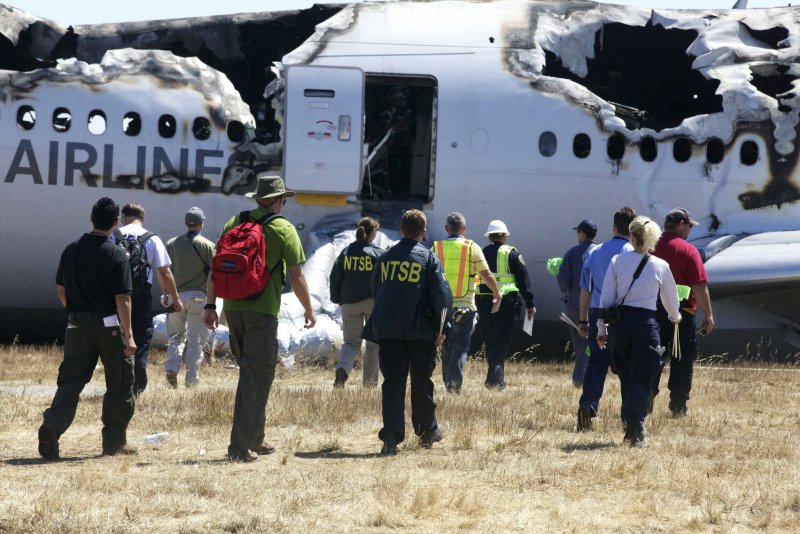Dec. 12 (UPI) -- The National Transportation Safety Board held its first hearing on the Asiana Airlines flight that crashed in San Francisco on July 6 and released video footage of the crash.
The NTSB declined to show the footage at a hearing held yesterday on the effects of automated flights systems on human performance, Asiana pilot training, flight cabin safety, and emergency response, citing that the video was "potentially disturbing."







